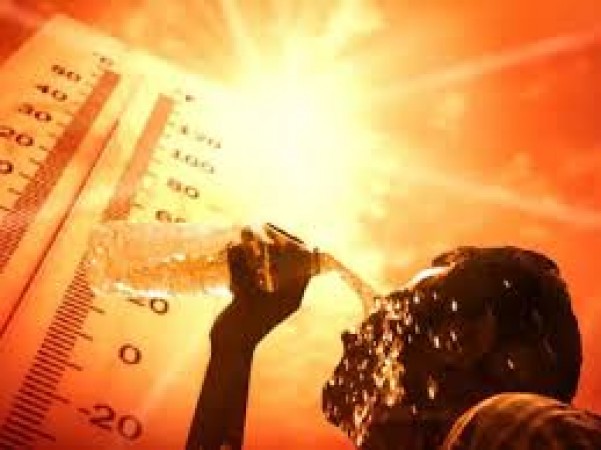
As the summer season rolls around, bringing with it days of sweltering heat and intense sunlight, the quest for shade becomes a paramount concern for many. While seeking refuge from the scorching rays is often viewed as a matter of comfort, it also serves a crucial purpose in protecting against sunburn and other harmful effects of UV radiation. In this article, we will delve into the mechanisms of sunburn, explore the different types of shade, and discuss strategies for maximizing its effectiveness in shielding against the sun’s harmful rays.
Sunburn is a common affliction experienced by many during the summer months, characterized by redness, pain, and inflammation of the skin. It occurs as a result of overexposure to ultraviolet (UV) radiation from the sun. UV radiation is a form of electromagnetic radiation emitted by the sun, and it can be categorized into three main types: UVA, UVB, and UVC.
In the quest to mitigate the risk of sunburn and UV damage, seeking shade emerges as a simple yet effective strategy. Shade serves as a physical barrier between the sun and the skin, reducing the amount of UV radiation that reaches the body. However, not all shade is created equal, and its effectiveness can vary depending on various factors.
Natural Shade: Natural shade refers to shade provided by trees, foliage, or other natural elements. Trees with broad leaves and dense foliage offer excellent protection from the sun's rays.
Artificial Shade: Artificial shade encompasses structures such as umbrellas, awnings, pergolas, and sunshades. These man-made structures are designed to provide relief from the sun and can be particularly useful in outdoor settings where natural shade is limited.
The protective properties of shade stem from its ability to block or absorb UV radiation, thereby reducing exposure to harmful rays. Several factors influence the effectiveness of shade in providing protection against the sun.
The density and thickness of the shade play a crucial role in determining its effectiveness in blocking UV radiation. Shade provided by dense foliage or thick materials offers superior protection compared to sparser shade or thin fabrics.
The angle and position of the shade also impact its effectiveness in shielding against the sun's rays. Shade that is perpendicular to the ground provides maximum coverage during midday when the sun is directly overhead. However, shade that is tilted or slanted may offer less effective protection, especially during mornings and evenings when the sun is lower in the sky.
To make the most of shade as a sun protection strategy, it is essential to consider several key factors and implement appropriate measures.
When seeking shade, opting for locations with natural shade provided by trees or dense foliage is ideal. Additionally, choosing man-made structures with tightly woven materials can enhance the effectiveness of shade in blocking UV radiation.
Avoiding peak sun hours, typically between 10 a.m. and 4 p.m., can help minimize UV exposure. Planning outdoor activities for the early morning or late afternoon when the sun is less intense can also reduce the risk of sunburn and heat-related ailments.
While seeking shade provides valuable protection against the sun's rays, it is essential to supplement this with other sun protection measures. Applying sunscreen with a high sun protection factor (SPF) to exposed skin areas can provide an additional layer of defense against UV radiation. It is important to reapply sunscreen regularly, especially after swimming or sweating, to maintain its effectiveness.
In addition to seeking shade and applying sunscreen, wearing protective clothing can further reduce the risk of sunburn and UV damage. Lightweight, long-sleeved shirts, wide-brimmed hats, and sunglasses with UV protection can help shield the skin and eyes from the sun's harmful rays. Choosing clothing with Ultraviolet Protection Factor (UPF) can offer additional protection against UV radiation.
In conclusion, seeking shade is not only a matter of comfort but also a crucial aspect of sun protection during the summer months. By understanding the mechanisms of sunburn, the different types of shade, and strategies for maximizing its effectiveness, individuals can enjoy the outdoors safely and without fear of sunburn or UV damage. Whether seeking refuge under a leafy tree or relaxing beneath a sturdy umbrella, embracing the shade is a simple yet effective way to stay protected from the strong summer sunlight.
5 Weirdest Things in the World That Will Blow Your Mind
From Fried Stones to Fish Eyes: Unveiling the 7 Weirdest Breakfasts Around the World